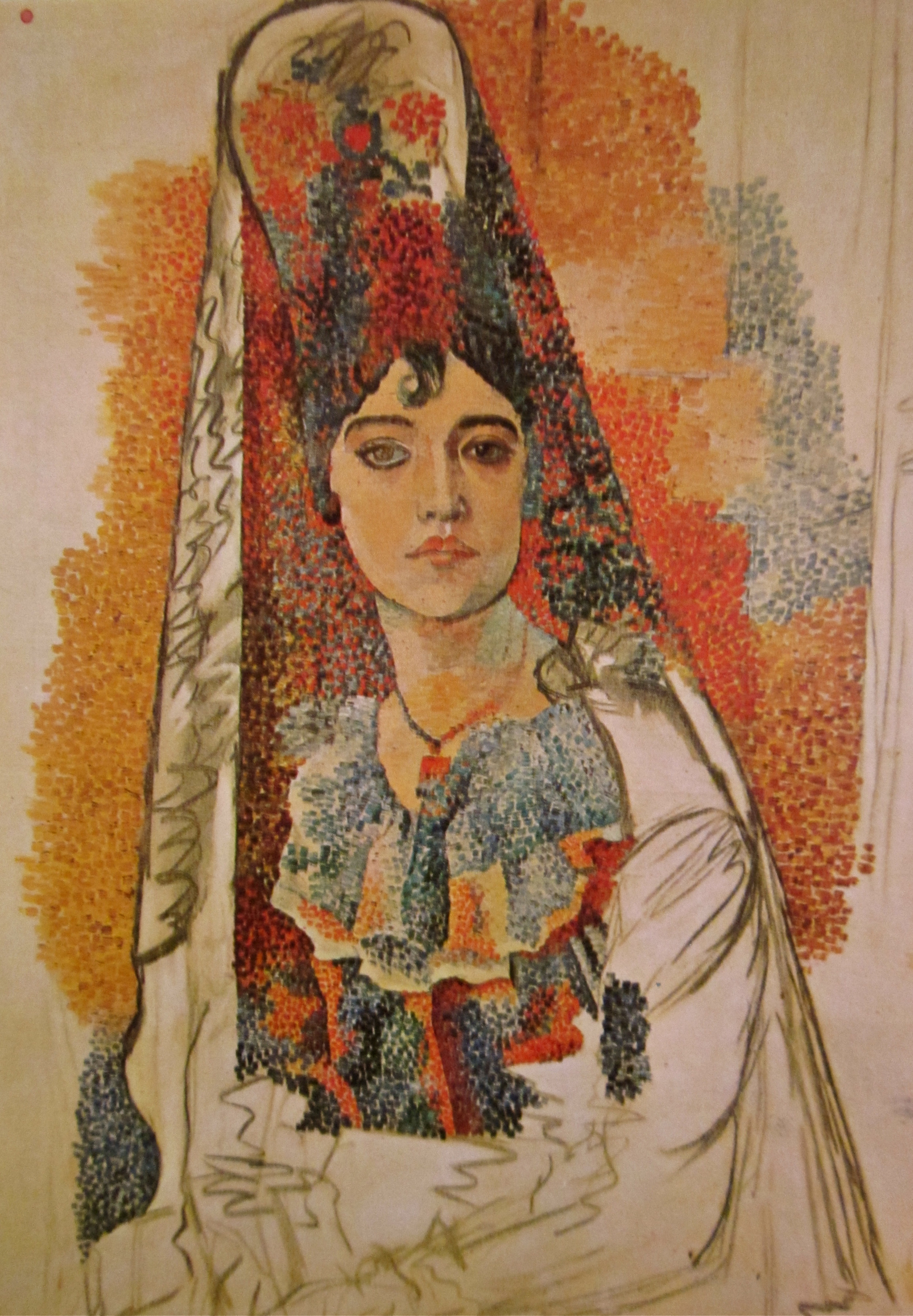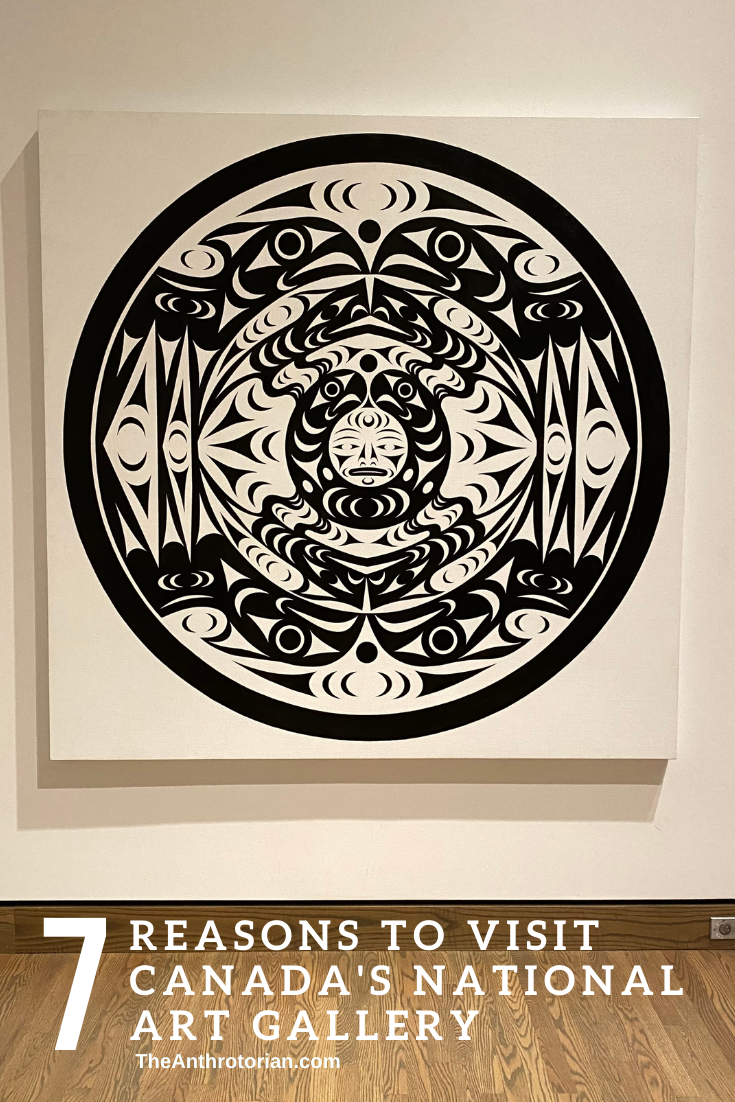I have always been intrigued by the art of henna — I've gotten a flower, a swirl, or a nonsense design put on one of my limbs more times than I can count while wandering a local summer festival, or hanging out at the beach.
What I didn't know was the history behind the art, which is something that I discovered recently when chatting with a local henna artist (and a bit of research after the fact) while she drew a beautiful design on the back of my hand.
Henna has been used for more than 5,000 years to dye skin, hair, fingernails, and even fabrics in Pakistan, India, Africa and the Middle East. The act of giving intricate henna tattoos is called Mehndi and is traditionally only done on women — never men.
Why henna is not drawn on men
According to the artist I spoke to, these intricate designs are usually applied the night before (sometimes a few days before) a women's wedding day. The elaborate designs cover her hands and feet (often up to her knees and elbows) and tradition goes that as long as they stay on the skin the women does not have to do any housework.
It isn't until the dye disappears that the new bride steps into her new role as a housewife.
Don't worry though guys, here in the Western world, the rules are a bit different. It is completely ok for you to give henna a try. The artist I met told me that she often gives men tribal or sun designs on their arms or backs.
And, in some hot desert cultures, both sexes use henna, not for its beautification factor, but its cooling one. Apparently soaking your hands and feet in a paste of henna helps to cool down your core temperature.
The henna paste goes on black, but dyes your skin a brownish-orange color if left on for at least 5-7 hours
What is henna?
The leaves of the henna plant are crushed and mixed with different oils in order to make the creamy paste that is applied to the skin. My artist used eucalyptus oil and cloves (which left my hand smelling like a spa for the rest of the day).
When applied the paste looks dark brown or black, and stays on the skin until it flakes off naturally (between 5-7 hours), or — in my case — you have to rub it off before you go to bed so you don't wake up with a henna-tattooed face.
My henna tattoo once the paste was rubbed off.
This natural dye is completely harmless, and does not discriminate (it works on all skin types).
It works best on the hands or feet, and lasts anywhere from 1-4 weeks depending on the type of henna used and how you take care of it (for example if you exfoliate the tattoo every day it won't last as long).
Oh, and it will leave tan lines, so if you lay out in the sun with your tattoo exposed, you will extend the design's shelf-life a little longer.










